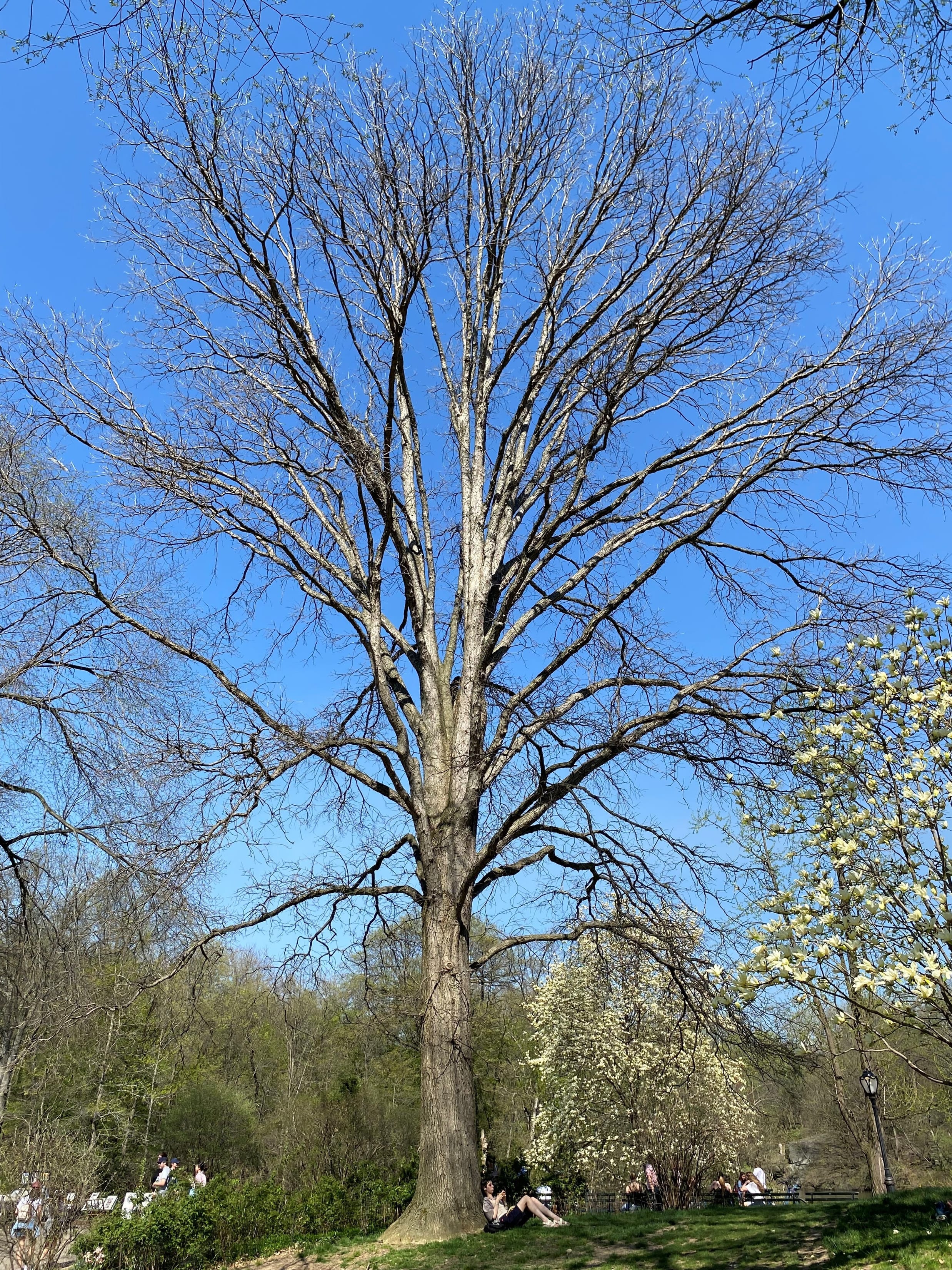Swamp White Oak

While this tree is often found growing in swampy areas like riverbanks, it also thrives in urban settings like Central Park and can live for over 300 years!
This adaptable tree can survive in a variety of environments. Among other species of trees like pine, fir, and spruce, oaks such as the swamp white oak are also known to form what are called “mycorrhizal associations” with soil fungi. The fungi receive sugars and beneficial compounds from the swamp white oak’s roots. In turn, the fungi aid the tree in obtaining essential nutrients from the soil. This reciprocal relationship can benefit both the tree and the surrounding ecosystem, meaning that these trees contribute to a thriving Park.
-
Leaves
Dark green deciduous leaves in summer, yellow, bronze, and red-purple in fall -
Fruit
Acorn about 1.5 to 2 centimeters in length -
Flower
Individual trees produce both male flowers (“catkins”) and female flowers -
Bark
Gray to brown with fissures





